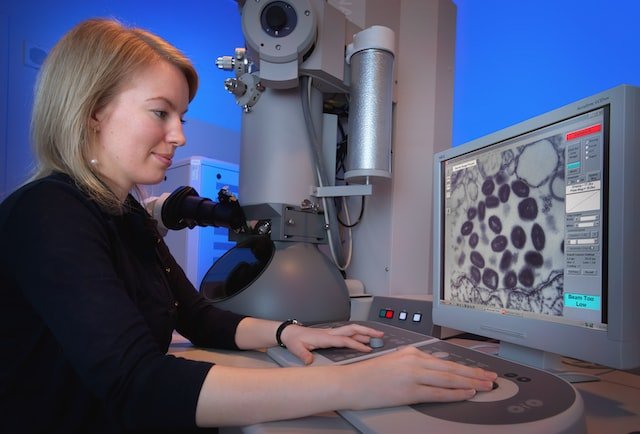It has been 45 years since the last confirmed case of smallpox — one of the most
devastating diseases known the humanity. Officially, when was smallpox eradicated? On the
8th of May, 1980, where the 33rd World Health Assembly declared the world free of
smallpox.
The eradication of smallpox remains one of the most profound and critical successes
in the history of public health. It is the result of meticulous, worldwide strategic measures,
huge financial costs, and the collaboration of the world’s nations.
Viral infections are very difficult to eradicate, and smallpox remains the only
infectious disease to achieve this distinction. So, why is this the case? How was smallpox
eradicated?
In this blog, we’ll be outlining what smallpox is, how it was eradicated, what’s being
done to prevent it from appearing again, and what we’ve learned for future disease
elimination.
Table of Contents
What is Smallpox?
Firstly, it’s helpful to establish what smallpox actually is. Smallpox is a contagious
disease caused by the variola virus of the orthopoxvirus family. Early symptoms of smallpox
include a high fever, fatigue and severe back pain. Two to three days later, the virus
produces a distinctive rash with bumps most prevalent on the face, arms and legs; spreading
to the rest of the body after.
Smallpox is transmitted through person-to-person contact and saliva droplets with an
incubation period of between 7-17 days. Prior to its eradication, it had been endemic in
populous areas. It was largely prevalent in China and India in ancient times, becoming
prominent in Europe in the 6th century and in America in 1520. Up until its eradication in
1980, it is estimated that smallpox claimed 300 million lives due to its fatality rate of around
30% in unvaccinated individuals.
How was Smallpox Eradication Achieved?
Smallpox eradication was achieved through the painstaking organisation and
administration of a worldwide vaccination and other preventative measures in the most
affected areas. The smallpox vaccine was created by Edward Jenner in 1796. However, it
took more than 200 years for a worldwide vaccination program to fight the disease.
In 1966, the World Health Assembly voted and allocated a special budget to
eliminate it. Then, in 1976, the first vaccination campaign began. Mass vaccination programs
proved to be very successful in many Western countries, however, in developing countries
different approaches were taken. These approaches were known as surveillance and
containment.
Surveillance simply referred to the increased awareness and monitoring of smallpox
cases. This was aided by house-to-house searches with incentives offered to individuals
who report smallpox cases. Containment focused on controlling the spread in localised
instances. This involved ring vaccination and the isolation of cases and contacts where
outbreaks occurred.
It has been reported that the cost of the entire 10+ year global eradication was $83
million for foreign assistance. Additionally, roughly $160 million was spent by the individual
countries to combat and maintain control over smallpox cases. But, staggeringly, this price is
small in comparison to the approximately $2 billion that is spent yearly to control smallpox
How are We Preventing Smallpox from Re-surfacing?
By 1984, all countries had stopped vaccinating the general public against smallpox
and withdrawn the requirement for certificates from international travellers. After its
confirmed eradication, the World Health Organisation (WHO) progressed a five-year
programme to successfully implement post-eradication policies.
In short, the following was outlined:
● The smallpox vaccination was discontinued except for researchers at risk
● Increased surveillance of monkeypox in West and Central Africa
● Close supervision of global variola virus stocks and their usage in high containment
laboratories
● Epidemiological surveillance, with a rumour registry, of all suspected smallpox cases
● The maintenance of an international reserve of the vaccine. However, large
quantities of these have since been destroyed with small reserves kept in the USA
and Russian Federation
With these control measures, smallpox is successfully eradicated. The mass
vaccination efforts and localised control in endemic areas improved the global understanding
of disease control and informed future strategies. For instance, this lead to a better
understanding of viral disease control for the COVID-19 pandemic.
In summary, smallpox was a devastating disease that claimed millions of lives,
coming at a large cost to fight it and now to maintain its eradication. Global vaccination
programs, coupled with localised prevention measures in endemic areas, proved essential in
eliminating it. To this day, it remains the only eradicated disease but global disease
organisations are making great strides toward eradicating more

